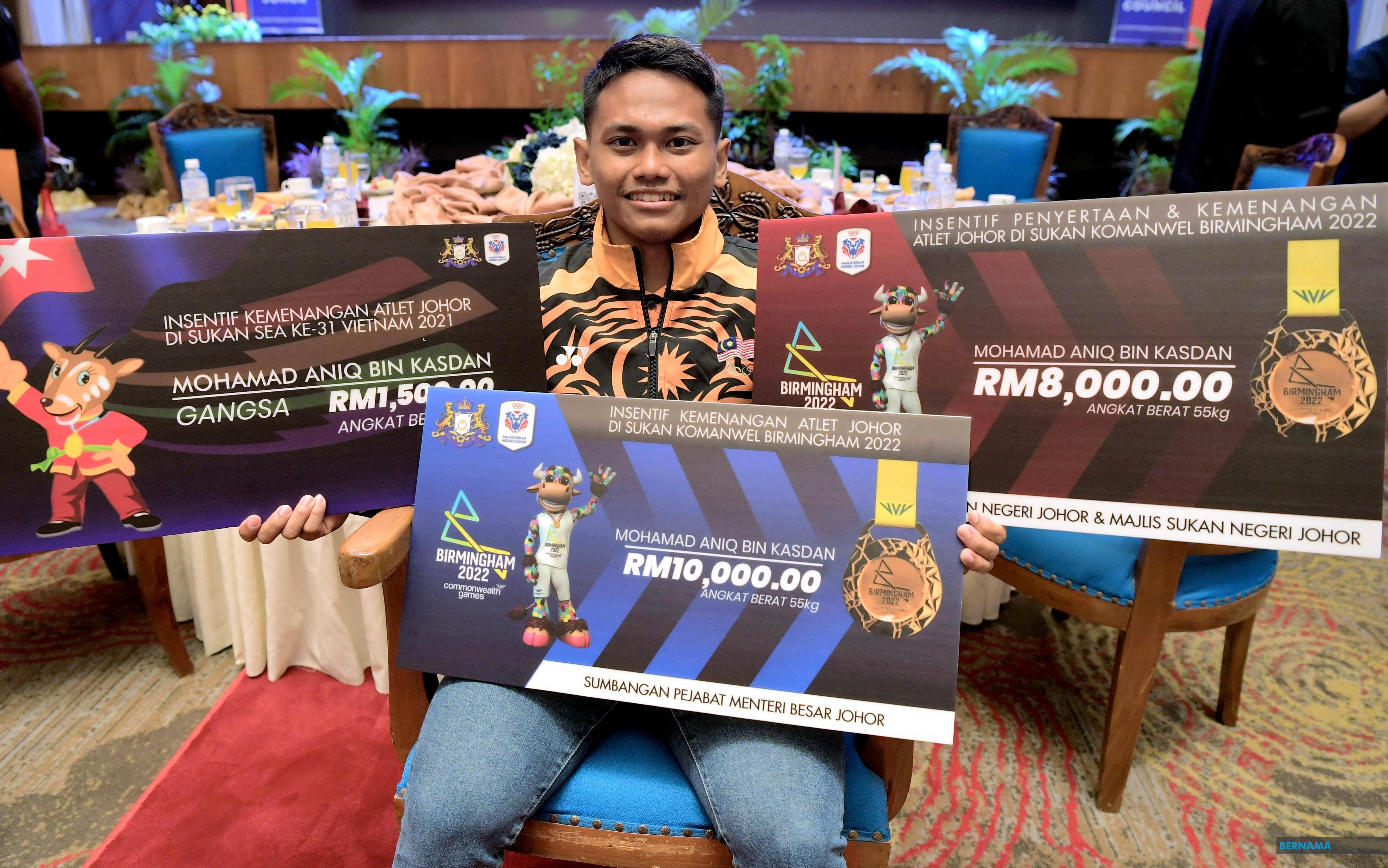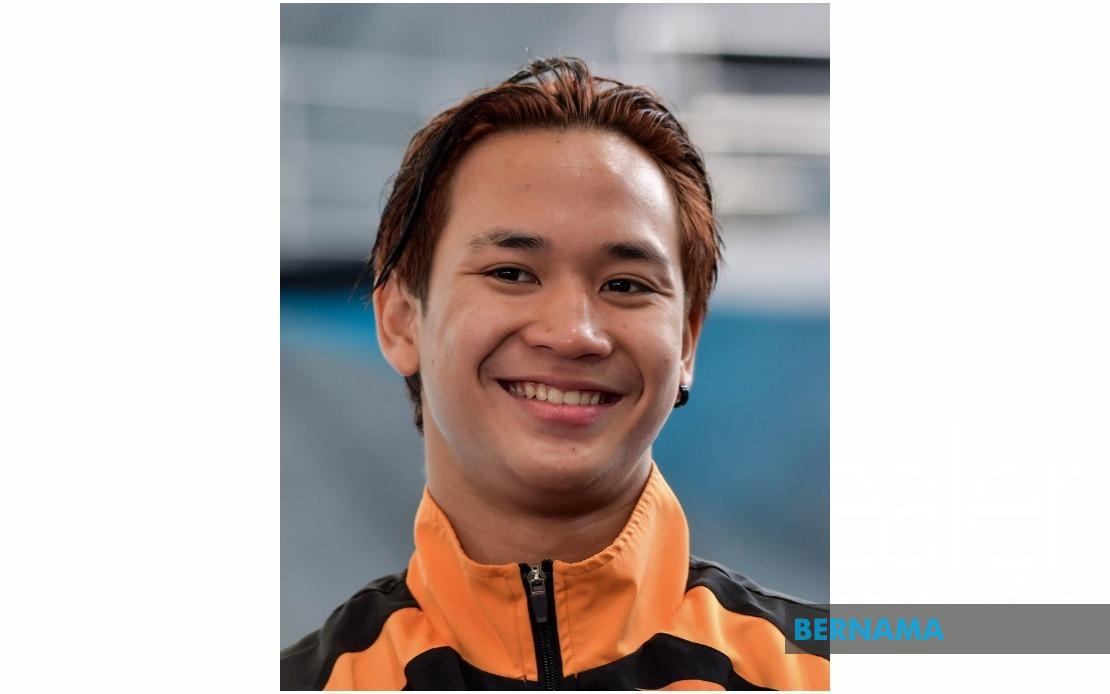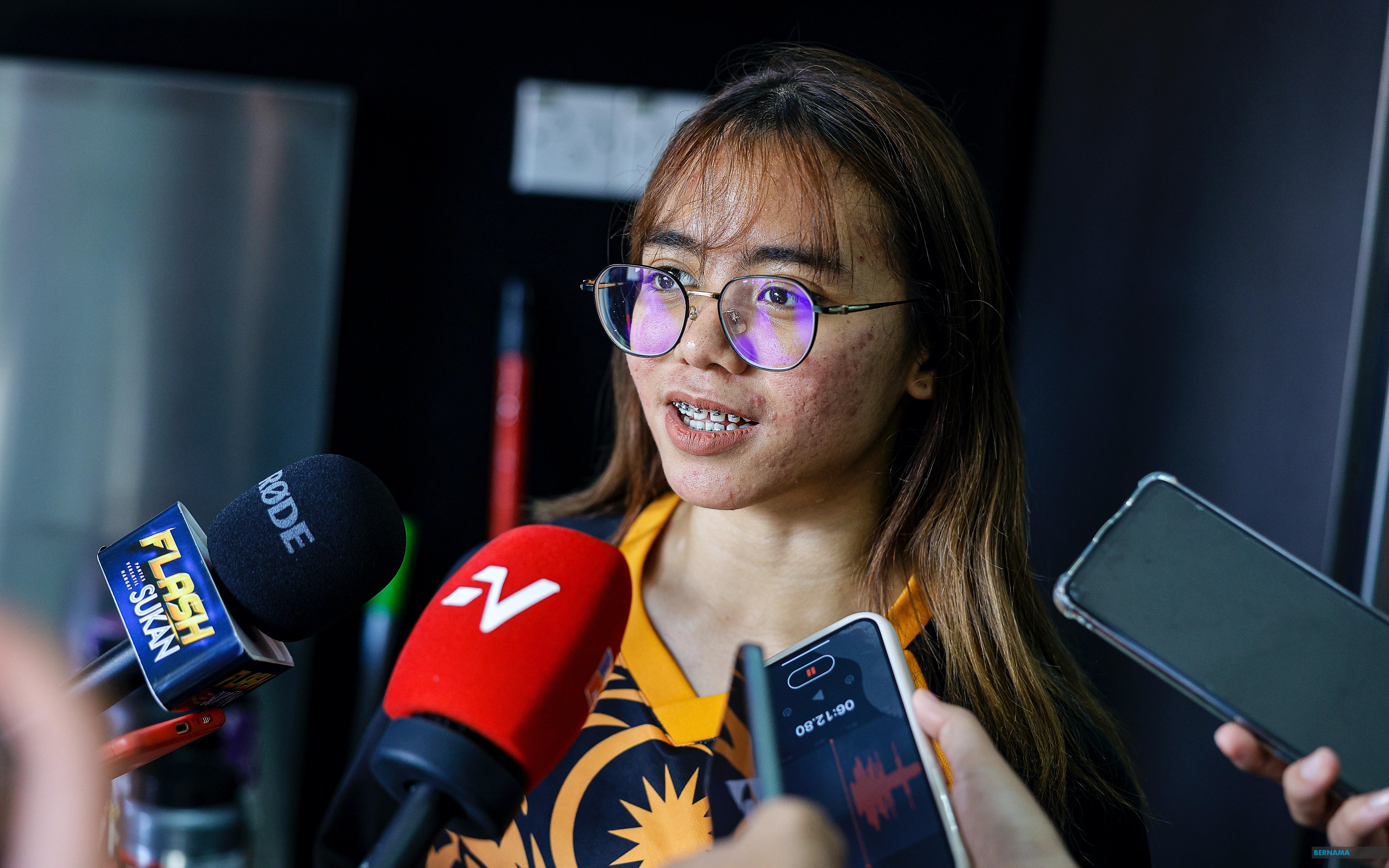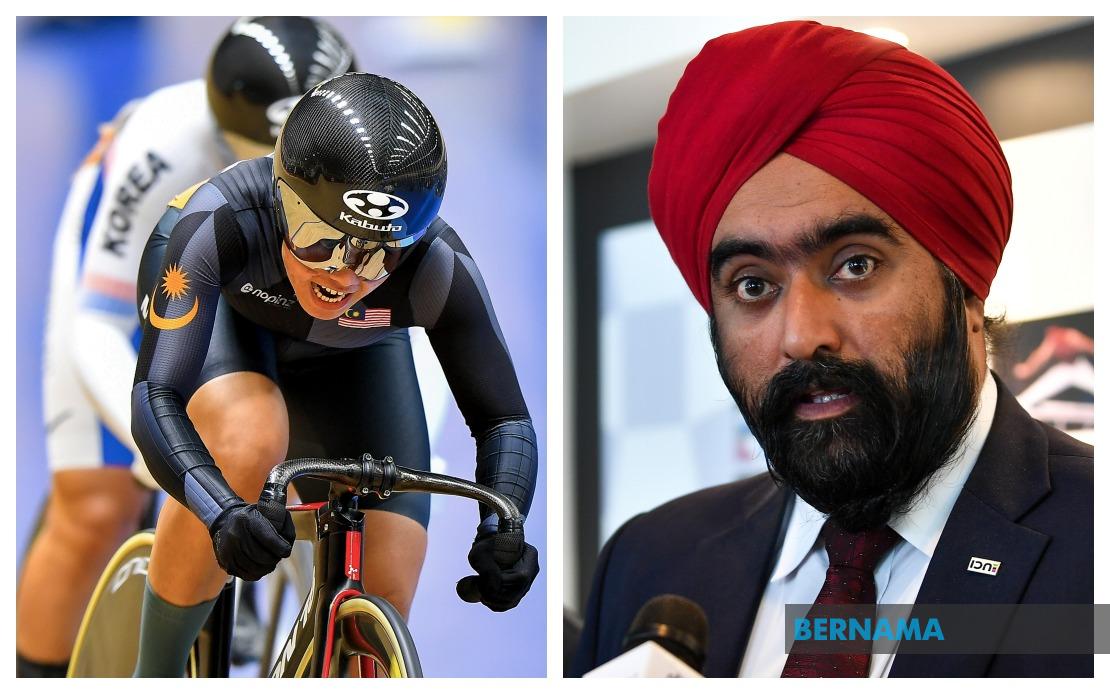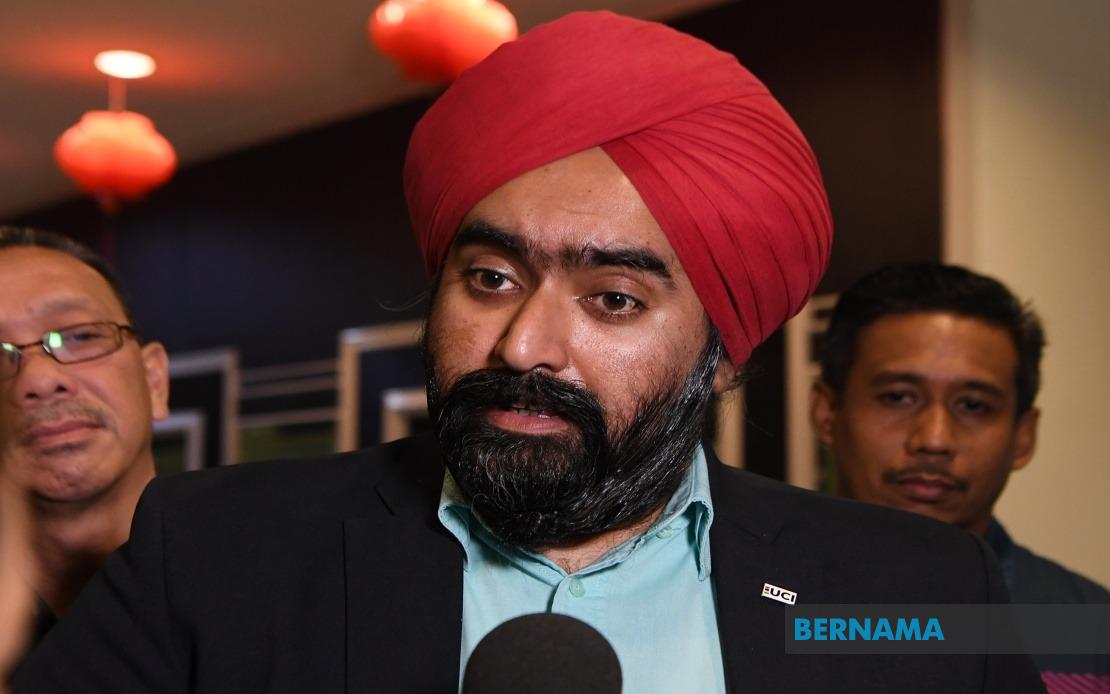Azizulhasni has keirin strategy up his sleeve
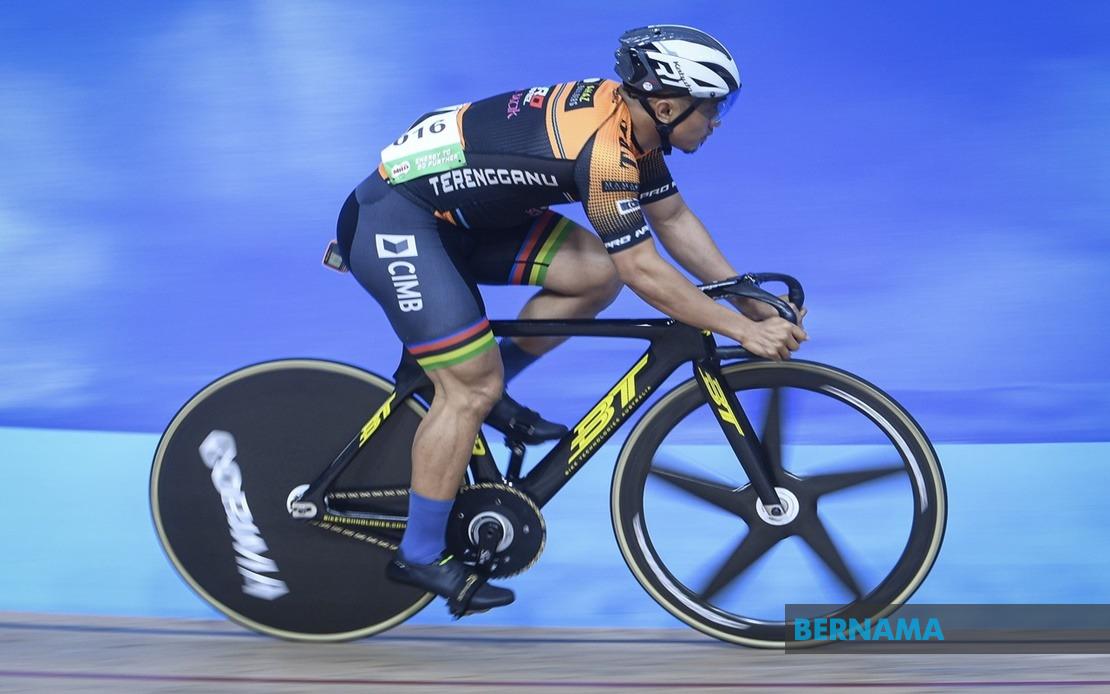
KUALA LUMPUR, July 15 -- National track cycling ace, Mohd Azizulhasni Awang must set his strategies right to achieve his lifetime dream of an Olympic gold in his favourite event, keirin as it is a tactically demanding and highly technical event in the track cycling discipline.
The eight-lap keirin race at the Izu Velodrome set with a view of Mount Fuji, will see derny (electric bike) setting the pace to accelerate till 50km/h before pulling away with only three laps remain to allow the riders to sprint in a wild dash for the finish.
Mohd Azizulhasni will be competing against a dozen rivals including Great Britain’s six-time gold medalist (in multiple events) Jason Kenny, who came out of retirement to defend his crown, reigning world champion Harrie Lavreysen of the Netherlands and home talent Yuta Wakimoto for the elusive gold.
To become the first Asian to win the Olympics keirin event, the Pocket Rocketman has to master and execute all three possible strategies – senko, makuri and oikumi, referring to early, middle and late sprints.
The 2017 keirin world champion said, though senko is not an easy tactic to use at high level competitions like the Olympics, the Dungun-born is prepared for worst case scenario as he is expecting competitors to be excited for early attack, after not competing for so long due to the COVID-19 pandemic.
“Senko is a long sprint so one has to sprint early. Usually I will try not to sprint early due to a potential disadvantage. Because it is sapping, it makes it easy for other riders to overtake us,” said Azizulhasni.
“But that is why I spend most of the time during tournaments in the last two years, trying the senko technique, sprinting three or two and half laps earlier at the front, because it was my weakness before.
“If we sprint late or in middle sprint, I am good, as I have improved a lot…It is only that long sprint portion that I want improve further, so for all the hard work we have done before 2020, it is bearing fruits for me.
“I can go for the long sprint, it is just that we must be prepared for the worst case scenario. If we are stuck or need to use the tactic, at least I have the confidence to move in front and sprint up to two or three laps,” he said recently.
The 33-year-old, who is set for his fourth consecutive Olympics since Beijing 2008, is also aware of the tricky schedule, demanding him, compatriot Muhammad Shah Firdaus Sahrom and other competitors to race for five consecutive days, for individual sprint from Aug 4-6 and keirin (Aug 7-8), risking a burnout.
However, coach John Beasley said the team will decide on how far they want to push in the sprint, based on the qualifying marks and medal winning chances, to be in best shape for the keirin event.
“They try to kill out us in the keirin, I am thinking of tiring out some of the competitors before keirin, so that would be an advantage for them (Japanese riders).
“For us, we are going to start with sprint and see how deep we can go, if I think we can’t get into podium, we would make a call and save it (energy) for the keirin event.. I got two best keirin riders in the world,” he said.
On the rivals, Beasley said his team have been doing homework vigilantly on the strengths and weaknesses of his charges and top contenders, besides treating everyone with the same respect to avoid being beaten by surprise winners.
Even though track cycling features regularly in the Olympics programme for 125 years since the Athens 1896 Games, keirin, a race which originated in Japan and was popular among the punters in the land of rising sun, only made Olympics inclusion at the Sydney 2000 Games.
-- BERNAMA
